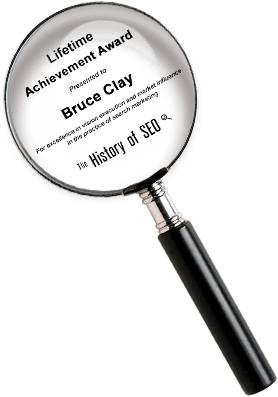How do I prioritize content for AI snippet inclusion and funnel depth?

- Overview
- What I Think
- Deep Dive: Prioritize and Structure Content for AI Snippet Dominance
- 24-Step Action Plan
- Quick Solutions
- About Us
Overview
Prioritizing content for AI snippet inclusion isn’t just about keyword selection — it’s about building layered, well-structured answers that satisfy both AI models and real users across different stages of the funnel. Google’s Gemini-powered Overviews often prefer concise, semantically rich, mid-funnel content that answers what, how, and why questions in context. To appear, your site must offer original value, clarity and markup that guides AI summarization.
In this article, we’ll show you how to structure your strategy so that AI prioritizes your content — and how to align those inclusions to drive deeper funnel actions.
What I Think
In my experience, the brands that consistently appear in AI Overviews aren’t publishing more — they’re prioritizing the right pieces of content with greater depth and alignment. What you write and how you structure it matters more than ever. It’s not just about SEO hygiene; it’s about strategic funnel modeling.
The real differentiator is how well your content speaks to AI answer logic. Most teams are still optimizing for user search behavior. The shift is toward optimizing for AI summarization behavior. This requires a mindset shift — and a new kind of editorial prioritization matrix.
Deep Dive: Prioritize and Structure Content for AI Snippet Dominance
AI snippets — particularly from Gemini models — tend to favor content that clearly maps to middle-of-funnel (MOFU) queries: “how does,” “why should,” “compare,” and “what is the difference.” These queries signal intent to evaluate, which makes them ideal citation targets.
To get included, content should feature tight headings, answer-focused paragraphs, and embedded microdata. Gemini doesn’t index pages the same way traditional crawlers do. It assembles understanding from sections — not just full-page rankings. That’s why your layout must be semantically scannable.
You must also model your snippet prioritization strategy around three layers:
- Triggering Intent – Questions that activate Overviews.
- Answer Structure – Clean paragraphs, bullets, schema-enhanced content.
- Conversion Connectivity – Internal links and layout CTAs that guide users from the summary to deeper content.
In funnel terms, content that earns snippets needs both topical completeness and forward motion. A snippet alone does not convert — but when it leads to a conversion-optimized page, it becomes a gateway.
To prioritize effectively, map your site’s strongest MOFU assets, score their AI-readiness, and optimize layout and trust signals.
Related reading:
- How Google’s AI Overviews are changing click behavior and SEO metrics
- How to unify your marketing disciplines under a single operating system
24-Step Action Plan
- List your existing MOFU content assets by traffic and engagement
- Identify which match common AI Overview triggers (how-to, what-is, vs.)
- Map keywords that currently activate AI snippets
- Cross-reference these with underperforming or missing pages
- Build a MOFU visibility matrix across verticals and personas
- Prioritize pages with comparison, procedural, or definition formats
- Add schema markup for FAQs, How-Tos, or QAPage where applicable
- Break long-form pages into discrete, self-contained semantic blocks
- Use clear headings with natural language questions
- Write lead-in paragraphs that directly and concisely answer the heading
- Add citations or sources to reinforce E-E-A-T signals
- Include internal links to deeper TOFU and BOFU content
- Use tables, bullets, and bolded summaries where useful
- Test how your pages are summarized via Gemini (e.g., Search Generative AI previews)
- Identify which pages show up in snippets but don’t click-through
- Restructure those with stronger CTA and in-line engagement prompts
- Evaluate competing pages for layout and structure clues
- Refresh stale MOFU content with new insights or examples
- Add original data or quotes to establish expertise
- Use Search Console to track AI snippet impressions if available
- Flag pages with no impressions and cross-check for AI triggers
- Adjust internal linking hierarchy to surface prioritized pages
- Monitor crawl behavior on re-optimized URLs
- Create a monthly review cycle for snippet-oriented content
Want your high-quality content to finally earn its place in AI Overviews?
We help brands prioritize and structure their content so it earns visibility and drives action — not just impressions.
Quick Solutions
- How do I unify my marketing disciplines under a single operating system?
- How do I diagnose visibility gaps in Gemini and AI Overviews?
- How do I govern real-time AI SERP shifts without losing rankings?
About Us
Bruce Clay Inc. is an industry-defining SEO consultancy with decades of experience navigating every evolution of Google Search. From technical frameworks to editorial roadmaps, we help clients lead in both rankings and AI-assisted visibility.
26,000+ professionals, marketers and SEOs read the Bruce Clay Blog
Subscribe now for free to get:
- Expert SEO insights from the "Father of SEO."
- Proven SEO strategies to optimize website performance.
- SEO advice to earn more website traffic, higher search ranking and increased revenue.

Comments are closed








